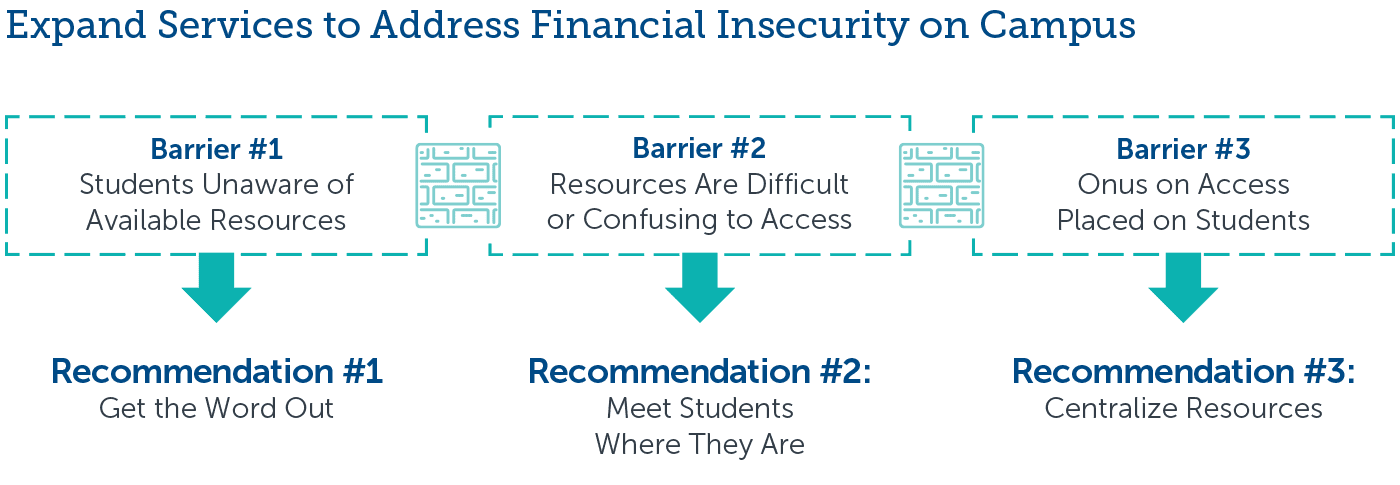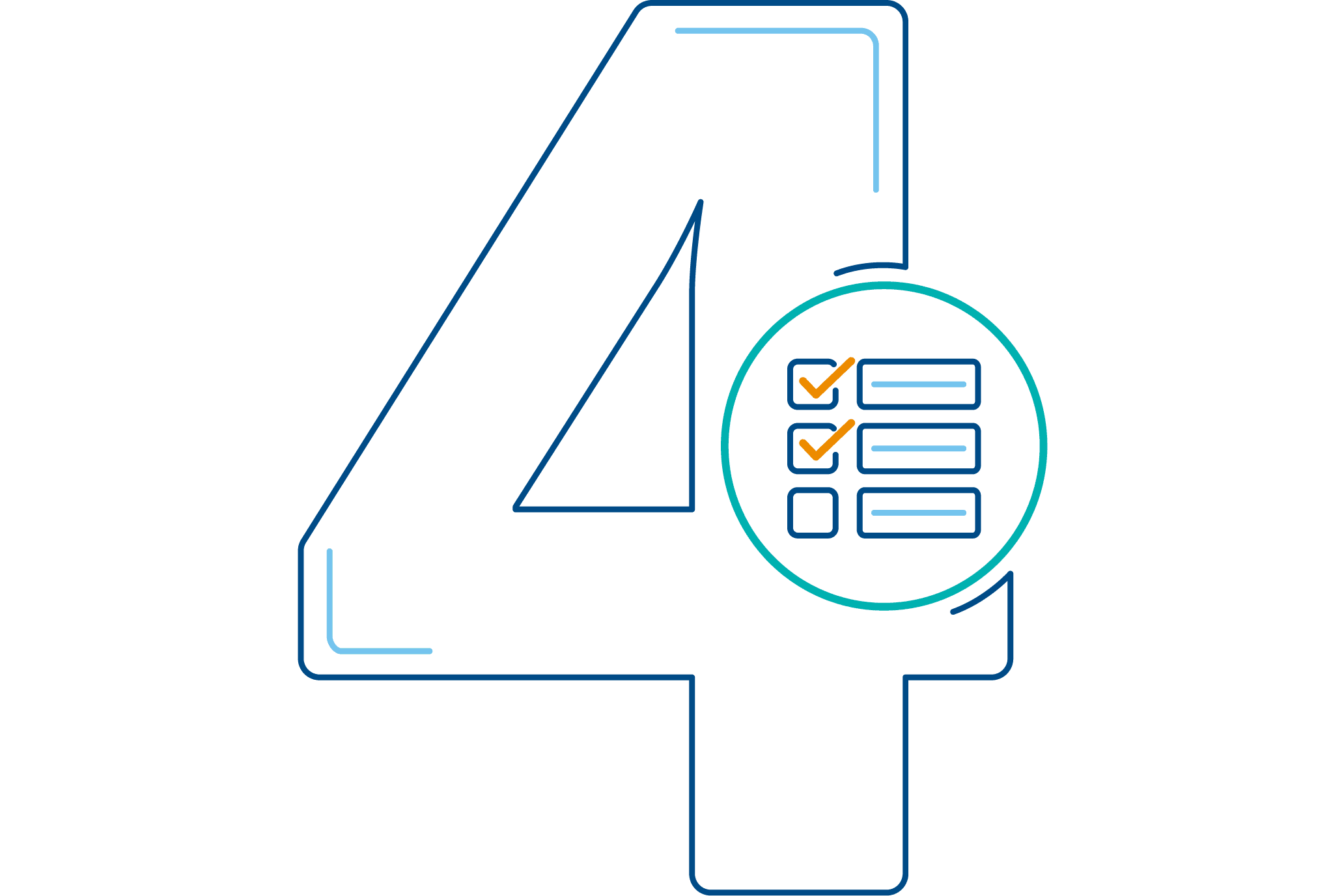Expand Services to Address Financial Insecurity on Campus
More students in higher education are struggling with financial insecurity as tuition costs rise and institutions seek to recruit and retain a socioeconomically diverse student body. Financially insecure students cannot succeed academically or holistically if they are struggling to meet their basic needs. Expanding supports for financially insecure students should be a crucial priority for both senior student affairs officers and other senior campus leaders.

Educate stakeholders about student financial insecurity
Today, more than one-third of students on campus are struggling with food or housing insecurity. And student financial insecurity goes beyond access to basic needs like food and housing, students struggle to pay for their books, clothing, and more. As economic inequality continues to grow, student affairs leaders know they must do more to support financially insecure students. However, presidents, provosts, board members, and other senior campus leaders may be unaware of the challenges students face and how these challenges can impact their success.
Use EAB’s editable briefing slides to start a discussion on campus to educate campus leaders on trends and data about food and housing insecurity and other barriers facing students. Establish key terms and definitions, combat outdated stereotypes, explore the consequences for financially insecure students, and the impact on key institutional priorities.

Understand your unique campus context
To expand services for college affordability, it’s essential to know what resources you currently offer before deciding what services to build or expand. Conducting an audit is a reliable approach to identifying resources and determining what services are duplicative or underused. To kickstart this process, use EAB’s step-by-step online assessment to conduct a financial insecurity supports audit across your institution.

Reduce barriers preventing students from using resources
There are easy ways to break down barriers preventing students from accessing existing support on campus through awareness building. First, reduce the burden of help-seeking for students through programs that meet students where they are. Then, centralize resources so students have one-stop access to all institutional support.


Explore scalable funding and staffing models
As financial insecurity continues to grow on campuses across the country, colleges and universities need to scale resources. This may require new funding streams. Institutions are increasingly turning to student, vendor, and advancement partnerships to fund programs.

Now that you've read the roadmap

This resource requires EAB partnership access to view.
Access the roadmap
Learn how you can get access to this resource as well as hands-on support from our experts through Strategic Advisory Services.
Learn More